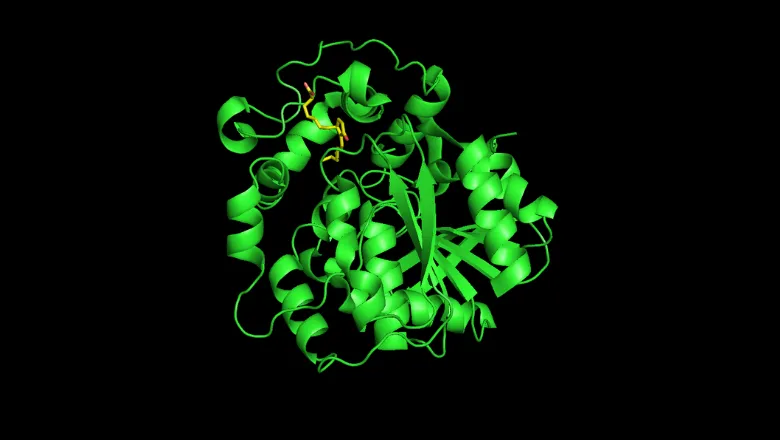We have uncovered a new molecular mechanism of inhibition of sEH. We elucidated how a new class of molecules can prevent sEH from inactivating beneficial lipid compounds in the body. This is exciting as it is a departure from the class of drugs intensively explored thus far. Such detailed knowledge will pave the way for the design of new drugs to combat hypertension, diabetes and associated complications.
Professor Sasi (Maria R) Conte, Randall Centre for Cell & Molecular Biophysics
11 June 2019
Research identifies new drug target for high blood pressure and diabetes
Study has found ways to inhibit a key enzyme involved in the setting of hypertension and diabetes complications.

High blood pressure, or hypertension, puts extra strain on your blood vessels and organs. It can increase the risk of serious health problems including heart attacks, kidney disease and strokes. Diabetes is a complex metabolic disorder which adversely affects multiple physiological systems including the cardiovascular, nervous and ocular system.
In the UK, more than one in four adults have high blood pressure and one in 15 people have diabetes.
Current therapies for treating high blood pressure and diabetes complications are not always effective, and finding new medicines is the main priority. In a study published in Communications Biology researchers from the Randall Centre for Cell & Molecular Biophysics and the School of Cardiovascular Medicine & Science have taken steps towards developing a new therapeutic avenue for these conditions.
In the body, there are beneficial compounds called epoxygenated fatty acids that decrease blood pressure and protect the cardiovascular system, promote organ and tissue regeneration as well as play a role against diabetes complications. However, an enzyme called soluble epoxide hydrolase (sEH) breaks down these compounds causing an increase in blood pressure, insulin resistance and damage to the retina.
Over the past decades, there have been large efforts to develop drugs which can block sEH and restore a higher level of the bioactive epoxy compounds in the body. However, there has been no successful outcome for patients.
In this research, the team studied another way to block sEH, using an inhibitor, the prostaglandin 15d-PGJ2 which is made in the body in response to inflammation. They found that this works in a way that differs significantly from previously identified sEH inhibitors.
The next steps in the research are to investigate this mechanism of inhibition in more detail using structural biology, biochemistry and computational methods, which is a pre-requisite for the design of new drugs.
This work was funded by the British Heart Foundation.
Read the paper here.
